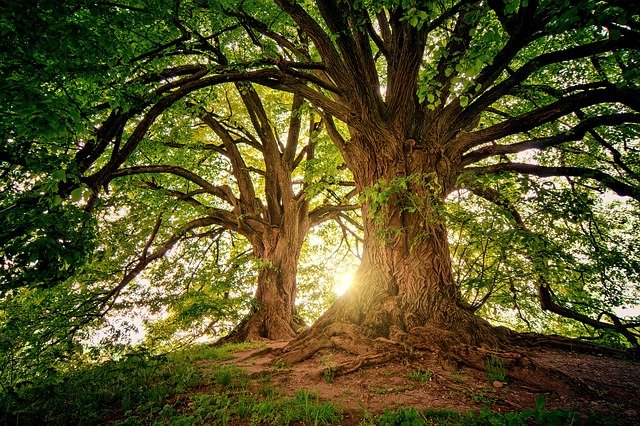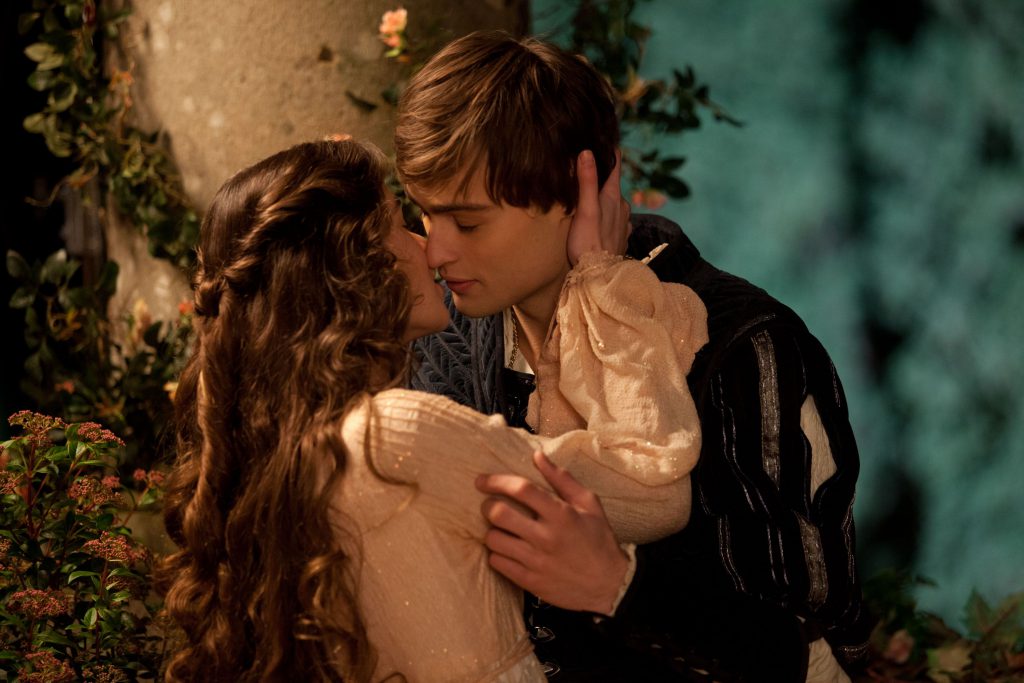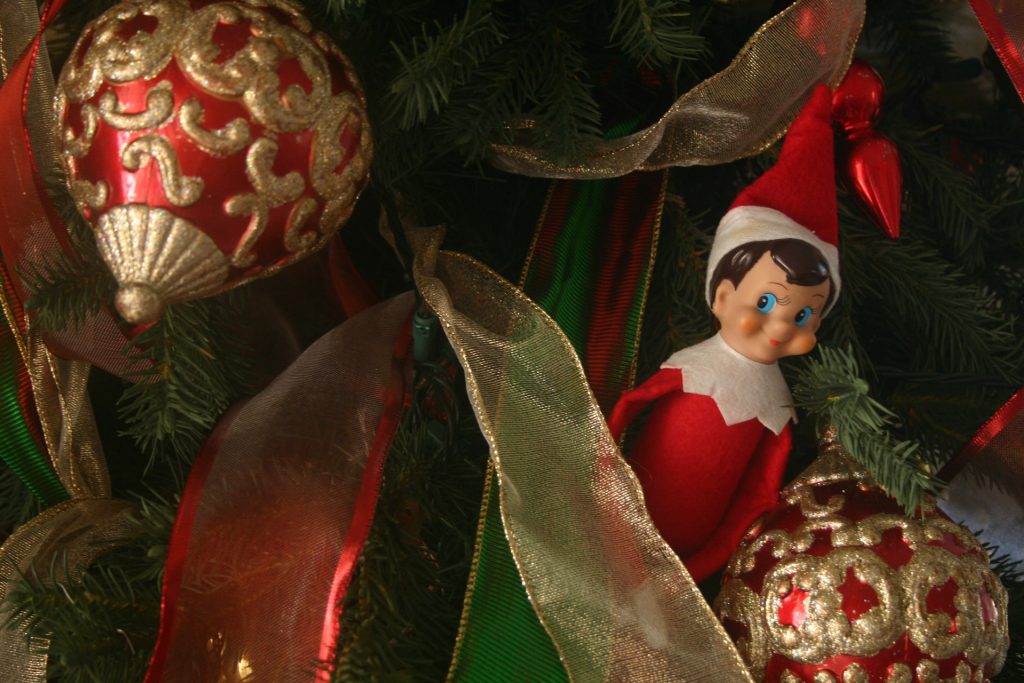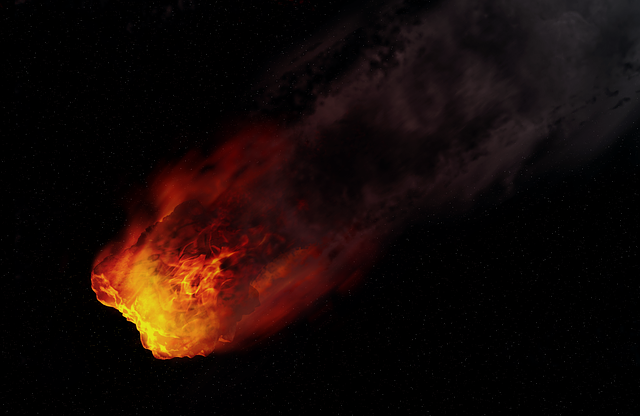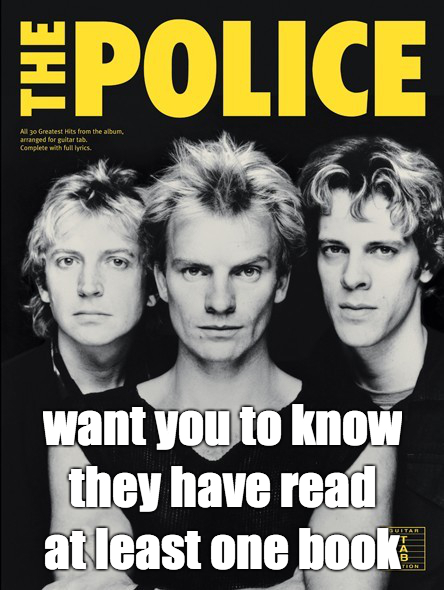Trees in Literature and Pop Culture Ranked!
Click through to enjoy this Photo and quote from author Astrid Lindgren's website:
"The Lemonade Tree in the Villa Villekulla garden – the one with the hollow trunk where Pippi, Tommy and Annika found lemonade – was one of the ancient elm trees which are still there at Näs."
While trees deserve love every single day of the year, today we’re taking time out to appreciate some of the most famous and memorable trees of pop culture and the literary world. While there are plenty of trees throughout literature (and not just because, you know, books are made of trees), these are some of our favorites.
7) The Lemonade Tree – Astrid Lindgren’s Pippi Longstocking Series
“And we played and played, it’s a wonder we didn’t play ourselves to death!” – Author Astrid Lindgren, who played in her own lemonade tree with her siblings as a girl.
While there is such a thing as a “lemonade” tree (a mandarin orange and a lemon hybrid), Pippi’s tree, like everything in her world, was a bit more fantastical than reality. Author Astrid Lindgren´s childhood home included a lemonade tree of its own, which was the inspiration for the whimsical tree that grew outside Villa Villekulla, the wonderful home of Pippilotta Delicatessa Windowshade Mackrelmint Ephraim's Daughter Longstocking (in Swedish, it's Pippilotta Viktualia Rullgardina Krusmynta Efraimsdotter LÃ¥ngstrump).
6) The Baobabs – Antoine de Saint-Exupery’s The Little Prince
“Now there were some terrible seeds on the planet that was the home of the little prince; and these were the seeds of the baobab. The soil of that planet was infested with them. A baobab is something you will never, never be able to get rid of if you attend to it too late. It spreads over the entire planet. It bores clear through it with its roots. And if the planet is too small, and the baobabs are too many, they split it in pieces…”
The baobabs of Antoine de Saint-Exupery’s The Little Prince… a metaphor? You be the judge! Baobabs grow to immense size, but of course (as we are reminded in the text) if you catch them early enough, even the smallest sheep could eat them up as they sprout.

5) The Chestnut at the Bottom of the Orchard – Charlotte Brontë’s Jane Eyre
"I faced the wreck of the chestnut-tree; it stood up, black and riven: the trunk, split down the centre, gasped ghastly." – Jane, Jane Eyre
"I am no better than the old lightning-struck chestnut-tree in Thornfield orchard… And what right would that ruin have to bid a budding woodbine cover its decay with freshness?" – Mr. Rochester, Jane Eyre
The condition of this tree is in many ways a symbol of the love that unfolds between Jane and Mr. Rochester. Struck by lightning nearly at the moment of their engagement, readers know from that *striking* omen that this love story is not exactly as perfect as it might seem. Later on, Rochester compares himself to the tree itself, noting that they are both ruined — but like the tree, their bond has the chestnut’s “firm base and strong roots” and has indeed “kept them unsundered” through their year-long separation.
4) The Hanging Tree – Helen Collins’s The Hunger Games Series
“Strange things did happen here
No stranger would it be
If we met at midnight in the hanging tree.”
While this tree wasn’t a physical part of the world of Panem’s District 12, The Hanging Tree is a somber lovesong in both the book series and the movies based on it. Halfway through the song we realize it’s sung from the perspective of a person in the hanging tree, waiting for their love to return to them. Eerie and melancholy, and a bit of a ghostly ballad, The Hanging Tree definitely deserves recognition for its haunting place in popular culture.

3) The Whomping Willow – J.K. Rowling’s Harry Potter Series
"I told you, months ago, that the Whomping Willow was planted the year I came to Hogwarts. The truth is that it was planted because I came to Hogwarts." –Remus Lupin, Harry Potter and the Prisoner of Azkaban
A protective and dangerous arboreal resident of the Hogwarts grounds, the Whomping Willow whomps indeed! Installed as a protection for first-year Remus Lupin during the full moon, the Willow’s list of victims include Harry’s Nimbus 2000, the Weasley family flying Ford Anglia, and poor Ron’s sanity.
2) The Giving Tree – Shel Silverstein’s The Giving Tree
"Once there was a tree…and she loved a little boy."
The Giving Tree would have to have a place of honor on any list of famous trees, and while it is beloved by many, the children’s classic is not without controversy. Everything from the gendered nature of ‘her’ relationship with the little boy she cares for over his whole life to the alleged criminalization of the foresting industry are cited as reasons for banning the book or simply deciding against it as a baby shower gift.
If you’d like to hear it read by the author, click here.

1) Yggdrasil, the World Tree – Neil Gaiman’s American Gods (and many others!)
"You're walking on gallows ground, and there's a rope around your neck and a raven-bird on each shoulder waiting for your eyes, and the gallows tree has deep roots, for it stretches from heaven to hell, and our world is only the branch from which the rope is swinging." – Mad Sweeney, American Gods
When you write about a tree as iconic as Yggdrasil, the tree at the center of the cosmos according to Norse mythology, it’s hard to tie it to just one work. In American Gods, Yggdrasil is depicted as an Ash tree on a southern Virginia farm about "1 hour south of Blacksburg," where Shadow Moon is bound to hold Mr. Wednesday’s vigil. This is where Shadow’s climactic visions of deities from Ganesh to Horus take place, and where the most important squirrel in Norse myth brings him water (which is kind of a big deal in itself).
Which trees would you add to this list? Tell us on Twitter at @quirkbooks!
